M. A. Khan
A Secure Healthcare 5.0 System Based on Blockchain Technology Entangled with Federated Learning Technique
Sep 16, 2022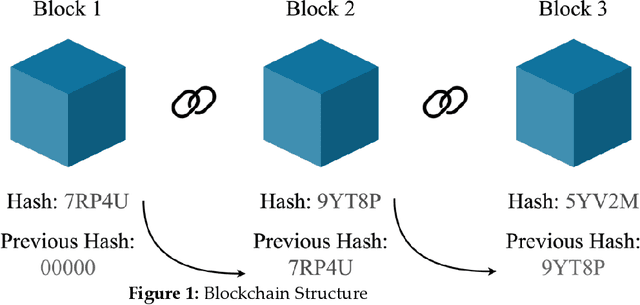
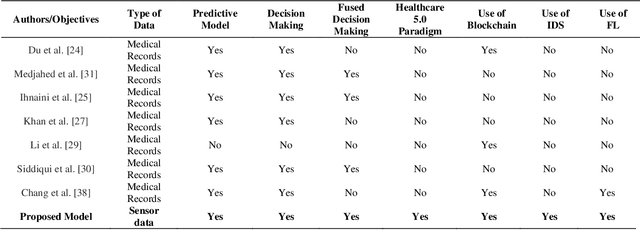
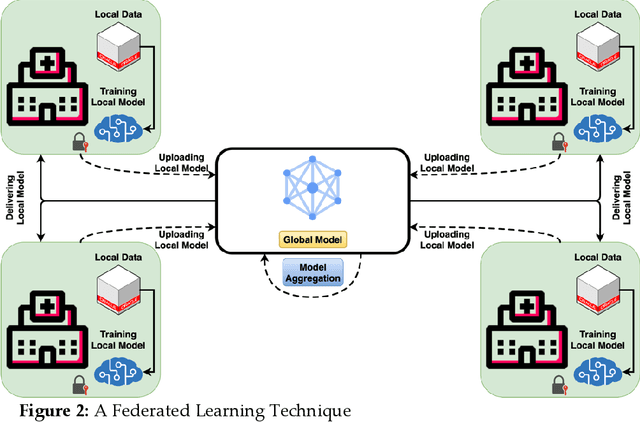
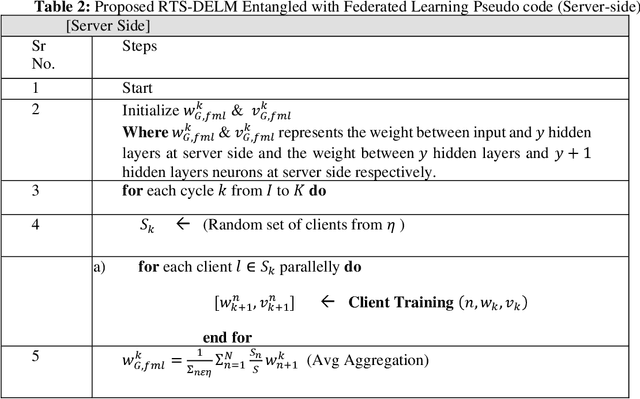
Abstract:In recent years, the global Internet of Medical Things (IoMT) industry has evolved at a tremendous speed. Security and privacy are key concerns on the IoMT, owing to the huge scale and deployment of IoMT networks. Machine learning (ML) and blockchain (BC) technologies have significantly enhanced the capabilities and facilities of healthcare 5.0, spawning a new area known as "Smart Healthcare." By identifying concerns early, a smart healthcare system can help avoid long-term damage. This will enhance the quality of life for patients while reducing their stress and healthcare costs. The IoMT enables a range of functionalities in the field of information technology, one of which is smart and interactive health care. However, combining medical data into a single storage location to train a powerful machine learning model raises concerns about privacy, ownership, and compliance with greater concentration. Federated learning (FL) overcomes the preceding difficulties by utilizing a centralized aggregate server to disseminate a global learning model. Simultaneously, the local participant keeps control of patient information, assuring data confidentiality and security. This article conducts a comprehensive analysis of the findings on blockchain technology entangled with federated learning in healthcare. 5.0. The purpose of this study is to construct a secure health monitoring system in healthcare 5.0 by utilizing a blockchain technology and Intrusion Detection System (IDS) to detect any malicious activity in a healthcare network and enables physicians to monitor patients through medical sensors and take necessary measures periodically by predicting diseases.
A Discourse-based Approach in Text-based Machine Translation
Jul 28, 2010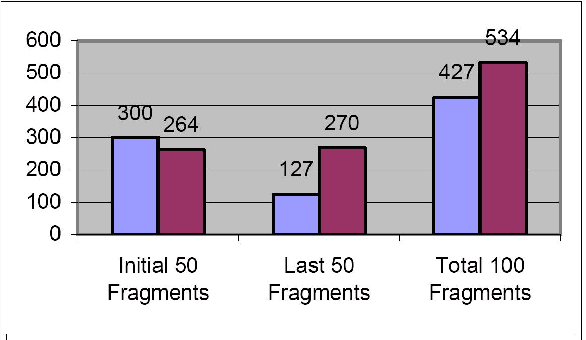
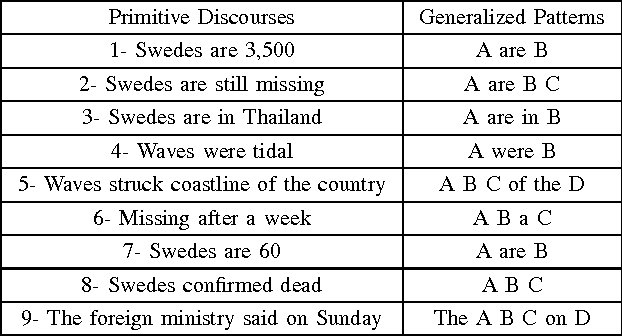
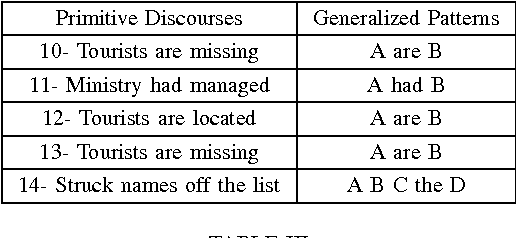

Abstract:This paper presents a theoretical research based approach to ellipsis resolution in machine translation. The formula of discourse is applied in order to resolve ellipses. The validity of the discourse formula is analyzed by applying it to the real world text, i.e., newspaper fragments. The source text is converted into mono-sentential discourses where complex discourses require further dissection either directly into primitive discourses or first into compound discourses and later into primitive ones. The procedure of dissection needs further improvement, i.e., discovering as many primitive discourse forms as possible. An attempt has been made to investigate new primitive discourses or patterns from the given text.
 Add to Chrome
Add to Chrome Add to Firefox
Add to Firefox Add to Edge
Add to Edge